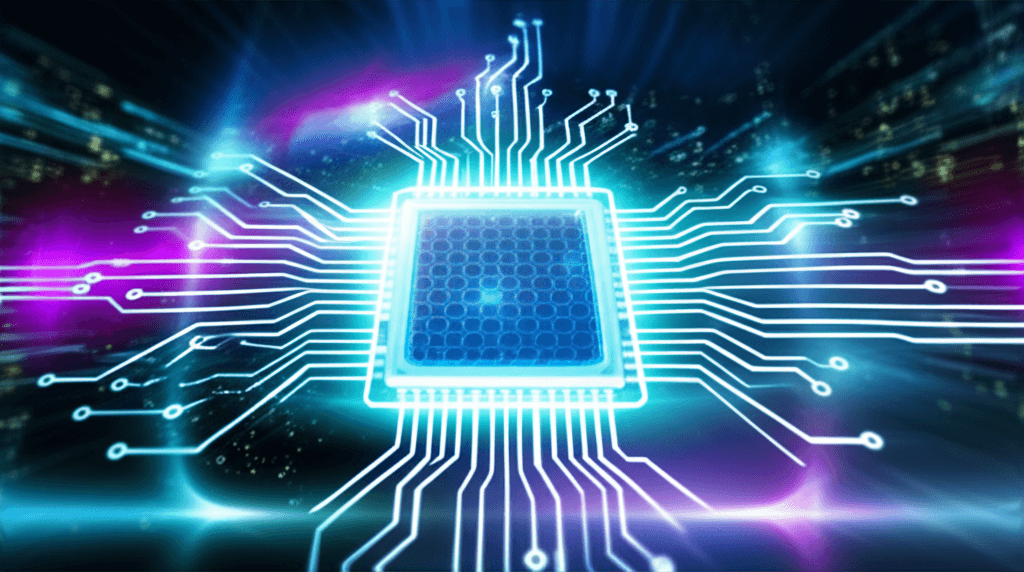OpenAI Pivots: Releases Powerful Open-Weight AI, Shaking Up Industry
OpenAI's strategic pivot makes powerful, efficient AI accessible, reigniting open-source collaboration and intensifying competition.
August 5, 2025

In a significant strategic shift, OpenAI has released two powerful open-weight language models, signaling a renewed engagement with the open-source community and intensifying competition within the artificial intelligence industry. The release of gpt-oss-120b and gpt-oss-20b comes ahead of the highly anticipated GPT-5 and marks the company's first major open-source contribution since GPT-2 in 2019.[1][2][3] This move is widely seen as a response to the growing influence of open-source models from competitors and a return to the foundational principles of the organization.[4] The new models are designed to offer developers powerful tools that are both high-performing and efficient enough to run on consumer-grade hardware.[5][6][7]
The larger of the two models, gpt-oss-120b, is a 117-billion parameter model that has demonstrated performance nearly on par with OpenAI's proprietary o4-mini model in core reasoning and tool-use benchmarks.[6][8] This is a significant achievement, as it makes near-frontier level performance accessible to a much broader audience. One of the key features of gpt-oss-120b is its ability to run on a single 80 GB GPU, a hardware configuration that is within reach for many developers and smaller research labs.[6] The smaller model, gpt-oss-20b, is a 21-billion parameter model that delivers performance comparable to OpenAI's o3-mini and is optimized for even more accessible hardware, requiring only 16 GB of memory.[6][8] This makes it suitable for on-device applications and local inference, opening up new possibilities for AI integration in a variety of products and services.[6] Both models are released under the Apache 2.0 license, providing a permissive framework for their use and modification.[5][8]
The technical architecture of the new models is also noteworthy. Both gpt-oss-120b and gpt-oss-20b are mixture-of-experts (MoE) models, a design that allows for a large number of parameters while only activating a fraction of them for any given task.[8][9] This architecture contributes to their efficiency, enabling them to deliver strong performance with lower computational overhead.[9] The models were trained using a combination of reinforcement learning and techniques informed by OpenAI's more advanced internal systems, including o3 and other frontier models.[6][3] They have shown strong capabilities in instruction following, tool use such as web search and code execution, and chain-of-thought reasoning.[6] This makes them particularly well-suited for building agentic workflows, where AI models can reason and take actions to complete complex tasks.[6]
The release of these open-weight models is a strategic move by OpenAI to re-engage with the open-source community and compete with the increasingly popular open-source offerings from companies like Meta and Mistral AI.[4][1] In recent years, OpenAI has faced criticism for moving away from its original open-source ethos, keeping its most advanced models proprietary.[4] The success of open-source models like China's DeepSeek has reportedly prompted OpenAI to reconsider its approach.[4][1] By releasing powerful and efficient models, OpenAI can foster a community of developers who can build upon and innovate with their technology, potentially leading to new applications and research breakthroughs.[10] This move also allows OpenAI to cater to a wider range of customers, including those who require on-premise or local deployments for privacy and security reasons.[11]
In conclusion, the release of gpt-oss-120b and gpt-oss-20b represents a significant development in the AI landscape. It provides developers with powerful new tools that were previously only available through proprietary APIs, and it signals a strategic pivot for OpenAI in an increasingly competitive market. The availability of these models is likely to accelerate innovation in the open-source community and lead to the development of a new generation of AI-powered applications. While these models are not fully "open-source" in the sense of including the training data and code, the release of the model weights is a substantial step towards greater transparency and collaboration in the development of artificial intelligence.[2] The AI world will be watching closely to see how the community embraces these new models and what new capabilities they will unlock.